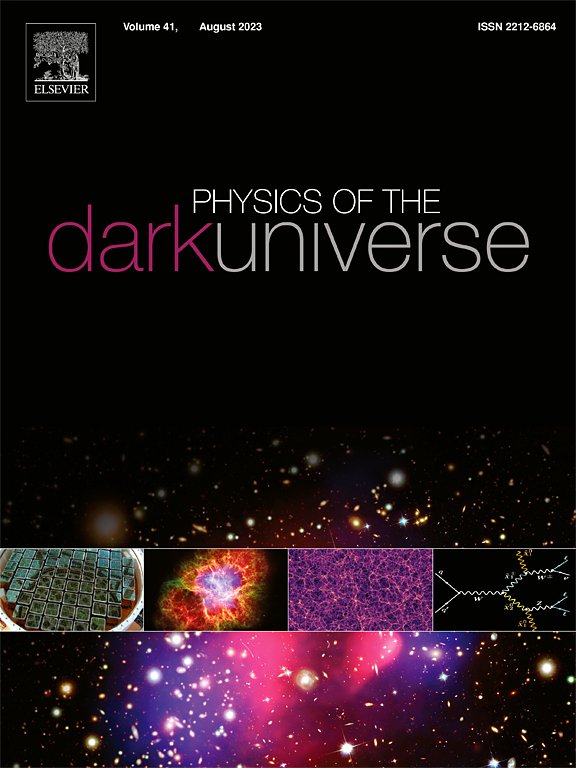One extension to explain them all, one scale-invariant spectrum to test them all, and in one model bind them
IF 5
2区 物理与天体物理
Q1 ASTRONOMY & ASTROPHYSICS
引用次数: 0
Abstract
The increasing precision of Cosmic Microwave Background (CMB) observations has unveiled significant tensions between different datasets, notably between Planck and the Atacama Cosmology Telescope (ACT), as well as with late-Universe measurements of the Hubble constant. In this work, we explore a variety of beyond-CDM extensions to assess their ability to reconcile these discrepancies. Specifically, we consider modifications to the primordial power spectrum, geometry, dark energy, the effective number of relativistic species, and the primordial helium fraction, as well as an Early Dark Energy (EDE) component. We evaluate each model using multiple statistical tools, including the Akaike Information Criterion (AIC), Bayesian model comparison, suspiciousness, and the goodness-of-fit estimator. Our results confirm that no single extension fully resolves all existing tensions. While a nonzero curvature is favored by Planck-only data, it does not alleviate the Planck–ACT discrepancy. The EDE scenario, particularly with a fixed Harrison–Zeldovich spectrum, provides the best resolution to the Planck–ACT inconsistency, while CDM is more effective at reducing the Hubble tension when SH0ES data are included. However, the statistical preference for these extensions remains moderate, and imposing often worsens model performance. Our findings highlight the limitations of modifications to CDM and suggest that either more complex new physics or, more likely, improved systematic understanding in the CMB sector may be required to fully address the observed tensions. While CMB experiments are often considered the gold standard of precision cosmology, our results reinforce that these measurements are not immune to systematic uncertainties, which may be underestimated in current analyses.
求助全文
约1分钟内获得全文
求助全文
来源期刊

Physics of the Dark Universe
ASTRONOMY & ASTROPHYSICS-
CiteScore
9.60
自引率
7.30%
发文量
118
审稿时长
61 days
期刊介绍:
Physics of the Dark Universe is an innovative online-only journal that offers rapid publication of peer-reviewed, original research articles considered of high scientific impact.
The journal is focused on the understanding of Dark Matter, Dark Energy, Early Universe, gravitational waves and neutrinos, covering all theoretical, experimental and phenomenological aspects.
 求助内容:
求助内容: 应助结果提醒方式:
应助结果提醒方式:


